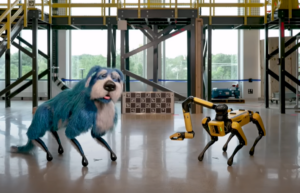A University of Massachusetts study highlights the development of robotic guide dogs by gathering insights from visually impaired users and trainers. Guide dogs provide independence for their handlers, but their high cost, scarcity and physical limitations require an alternative. The researchers surveyed 23 visually impaired guide dog handlers and five trainers to determine the characteristics needed for robotic guide dogs.
Key findings include the need for a balance between robot autonomy and human control, as handlers typically control the overall route while the dog deals with local obstacles. Notable features identified include a two-hour battery life, multiple camera directions, sound sensors and assistance with tasks such as entering the bus and finding seats.
The research, funded by the National Science Foundation and the National Institutes of Health, aims to make these robots practical and effective in real-world applications. The study encourages further research into robotics and human-robot interaction to make this vision a reality.
Source: Science Daily

